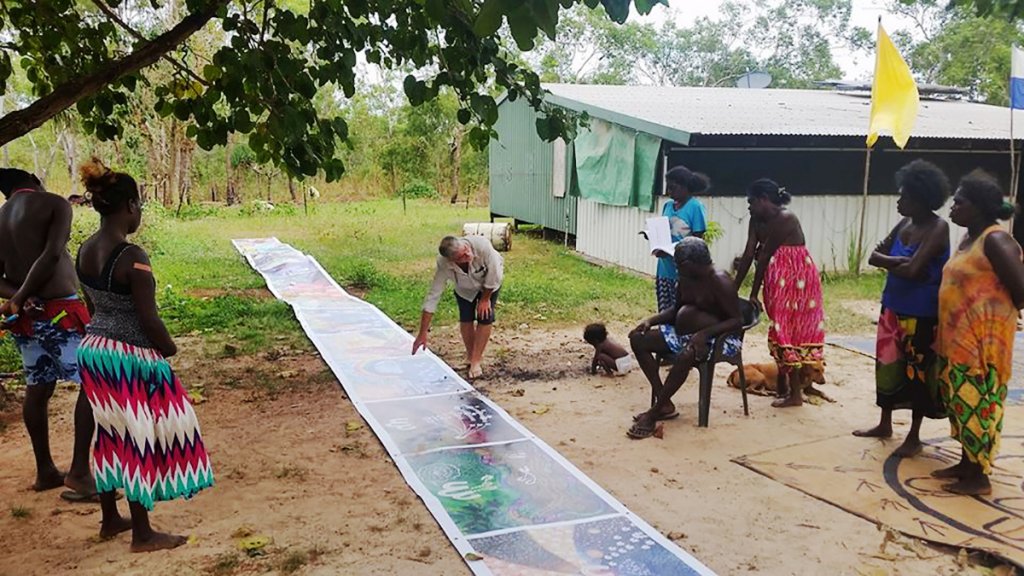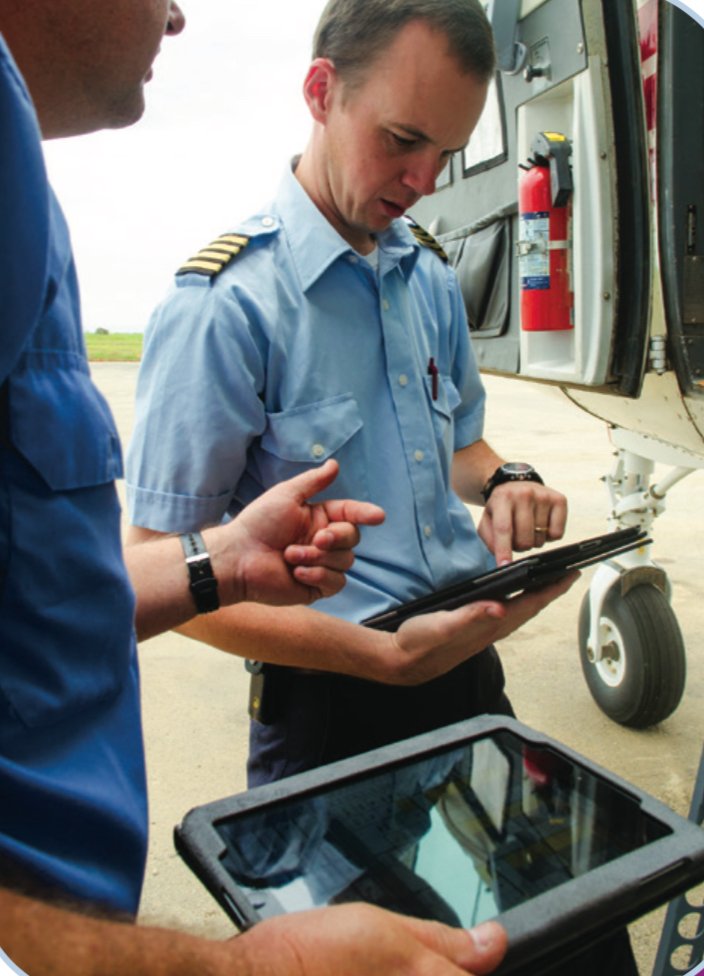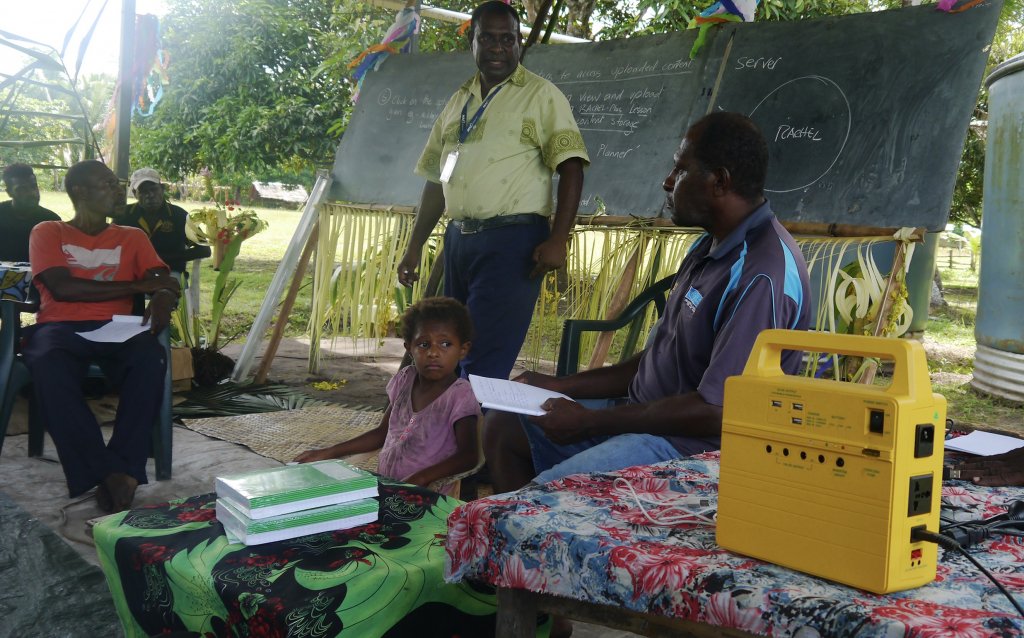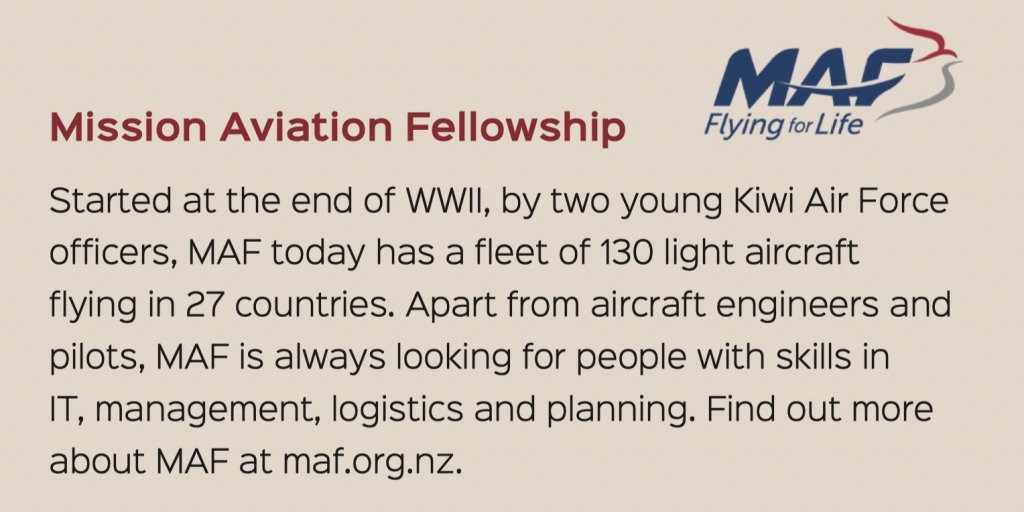Communicating God’s Heart Through Creativity and Technology
Futurist Ray Kurzweil once said, “…when I was an undergraduate, we all shared a computer at MIT. It took up half a building. The computer in your cell phone today is a million times cheaper and a thousand times more powerful. That’s a billion-fold increase in both the price and the performance of computing since I was an undergraduate.”
Somewhere around 80 percent of the world will have a phone within the next five years – and even the poorest of the poor are spending an average of five hours a day on their phones. Technology has no boundaries. It has no walls. We can connect with people anywhere, at any time, even in countries we’re not able to physically visit. It allows us to make massive amounts of discipleship, training and learning resources available at basically no cost.
If that doesn’t drastically shift the way we do missions and how we communicate the Gospel, that’s crazy! Social media is bringing the world closer together. In many ways it’s the equivalent to the Roman road system, or the printing press – both massive technological feats that transformed the world in their time. There’s an enormous opportunity today to use technology in the context of missions – yet all too often we are not even close to exploiting it effectively.
Technology and MAF
When I first joined Mission Aviation Fellowship (MAF) in 2015, I was impressed by how they used both aircraft and technology to support missions in the most remote communities. In Arnhem Land, in the far north of Australia, solar powered MP3 players pre-loaded with portions of Yolŋgu Matha audio scripture, English Bibles and Gospel music were fantastic for indigenous people who didn’t have mobile phones.
Tablets packed with culturally relevant Gospel music, sermons, evangelistic media, Bibles, dictionaries and interactive Bible stories for kids provided a lifeline to those living in remote communities.
Today High Frequency (HF) radios, although an older technology, remain the best way for the many small, isolated communities throughout Papua New Guinea (PNG) to contact MAF. They provide vital airstrip information, organise flights and arrange urgent medical evacuations.
Electronic Flight Bags (EFBs)* are recent developments in the life of a MAF pilot. They do away with the need to work from paper charts, manuals and airstrip diagrams. All of this information is now at the fingertips of the pilot, on an iPad.
Solar light kits provide families in PNG with light, without any monthly power bills. Powered by the sun, they contain high efficiency LED lights and a USB port for charging phones. They are ideal for remote people, as they are simple to install, small and low cost.
Recently, a MAF pilot from New Zealand was involved in installing a PALAS – or Pilot Activated Light and Sound – device in a remote village in Timor-Leste. This device is activated remotely by the MAF pilot coming in to land, starting a sequence of flashing lights and sound which alerts both the local people and the local caretaker of the airstrip to clear the field of animals, and of people who use it as a main thoroughfare.
The creative use of technology is only limited by our imagination. Many years ago, I stood in an Iranian church in California. It had its own television studio and as I watched I was amazed as people phoned from Iran with questions about their life-issues and a panel of church leaders talked back in Farsi directly into homes in this restricted country.

Today, it’s possible to show the Jesus film in the privacy of a home on a tiny projector, rather than using bulky projectors and reels. Tracts formatted on a laptop can be printed in a hotel room. Web-based bulletin boards can announce revival meetings in countries where street evangelism is not allowed.
Suzi Childes, a photographer with Youth With A Mission (YWAM), uses her camera to help people ‘see’ the world of refugees and red light districts, war-torn nations and homelessness.
Create International – another YWAM ministry – sends trained media teams to live among unreached people groups. They write scripts by first identifying indigenous stories within that group, then look for connections to Biblical themes.
They film using actors from that group and speaking in the local dialect. These videos resonate deeply within the cultural group and are often copied and recopied.

There are opportunities all around us. At the New Wine festival, I watched a woman reading stories to a group of children. I thought how amazing it would be to find someone who speaks Russian, and who loves to read to children, then capture all those stories on video and make them available to the tens of thousands of orphans across Russia who have nobody to read to them.
Over the years, we’ve noticed that many older people who contact MAF either don’t have computers, or the skills to use them well. They are often cut off from resources and information. Could churches provide the elderly in their community with refurbished computers, train them to use them and provide on-going support? What an opportunity for real connection with the local community!
Where do we begin?
The first step is to make sure we are answering the questions and providing solutions to issues that people care about.
If ten times as many people are Googling the phrase “…what is the meaning of life?” in your area than “…what is the best church near me?” that tells us something valuable about what the people in your community are looking for. Truthfully, tens of thousands of people regularly search the internet for ways to kill themselves – and they find them. To combat this epidemic, an organisation called FaithTech brought together web developers, psychotherapists and communications specialists who bought the domain ‘howtokillyourself.org’.
If you go to their website, the first words you’ll see are “…You’re Not Alone” – and stories of hope and the opportunity to phone, text or chat. We need to move away from asking, “…how can we use PowerPoint better in our church?” to, “…let’s work with others to find creative ways to communicate God’s heart to the millions of people who will never normally attend church”.
What do we need?
Not much. A media studio which used to cost $150,000 might cost $10,000 today. Today it is possible to go on a media safari with just a laptop, lightweight battery packs, mini lights and small external mics. GoPros capture action as it happens. Smart phones shoot high-resolution photos and videos and don’t attract unwanted attention. They can be used during monsoon rain and even dropped in water.
They allow research to take place while traveling and can help you navigate around unfamiliar countries. All of this equipment fits into a small backpack. We might not have all the skills needed – we probably don’t – but we can work with others who do. We can share ideas and work collaboratively in a way which was never possible before.

How will we communicate?
On a Saturday night I stood in Zagreb, Croatia, surrounded by thousands of university students out “looking for something”. The next morning, I sat in a local church where less than 40 people were worshipping. My question is, “…how do we build bridges with these young people – and others like them across the world – and help draw them towards church?
Music, photography, art, design, video, animation, dance and dramatic storytelling – especially when combined in creative ways and distributed via new forms of technology – have the potential to connect with people who may never listen to a sermon.
A few years ago I took part in a St Paul’s Arts and Media (SPAM) event simply called, “Open”. On two consecutive Saturday nights, Christians from a variety of backgrounds shared honestly about their lives through creative expressions like dance, jazz, animation and so on. Afterwards, people were invited into a beautifully decorated space for refreshments. Significant relationships were built.
Recently MAF flew missionaries from Pioneers and God’s Dreaming ministries to share the Gospel with a Yolngu, or aboriginal, community living on a remote island in the far north of Australia. For the Yolngu, storytelling is a huge part of their communication. The team took with them a 20 metre banner which told the whole story of the Bible – from creation – visually. This community heard about forgiveness and God’s love in a way they could understand.

If it’s so good, why isn’t everyone using it?
When MAF made its first survey flight around the African continent in 1947 to explore the possibilities of using the ‘new technology’ of aircraft in missions, some immediately saw the value and potential. Many others didn’t. Many are aware of the dark side of social media and the internet and want to steer as far as possible away from its influence.
Some churches have one strong focus, such as evangelism or preaching, and view media as
a distraction. There may be cultural considerations. I was once told by a missions leader from a Pacific Island that digital communications, “…are not our way – we do everything through relationship”. But in each of these cases, the creative use of technology has the potential to multiply, not dilute, the effectiveness of the ministry.
Technology is not a complete answer. Missionaries will continue to live in the South American rainforest among indigenous peoples. Street evangelists in the former Soviet Union will still hand out the ‘Steps to Peace with God’ printed on paper. Yet upcoming generations are already making decisions about how to follow the Great Commission using the new tools – computers, websites, the internet, satellite-based cellular technology, video and others. With them, they “…go into all the world…” (Mark 16:15) to reach people for whom the internet is their marketplace, their news source and their community.
Let’s not miss “the new thing.”

– Click here: www.maf.org.nz
Share this article
Written By
By Tim Houghton
About the author
Tim Houghton began working for MAF in January 2015, as communications manager, and oversees the design and production of all publications, as well as the online and social media elements of the MAF New Zealand ministry.
Want more articles like this?
Read More Interesting articles
William Stedman Remains Steadfast
Christchurch Para-athlete William Stedman is home after winning two medals at the 2020 Tokyo Paralympics. The medals though are a…
Read More...A Family Adventure is Brewing
From the outside looking in, ‘busy’ might be a word some would use to describe Al Belcher’s life. “You could…
Read More...Five From Five: ‘Authentically’ Our Journey – Ultimately ‘His’ Story
“The Lord has done great things for us…” – Psalm 126:3 (ESV). That’s the key reflection which comes to mind…
Read More...